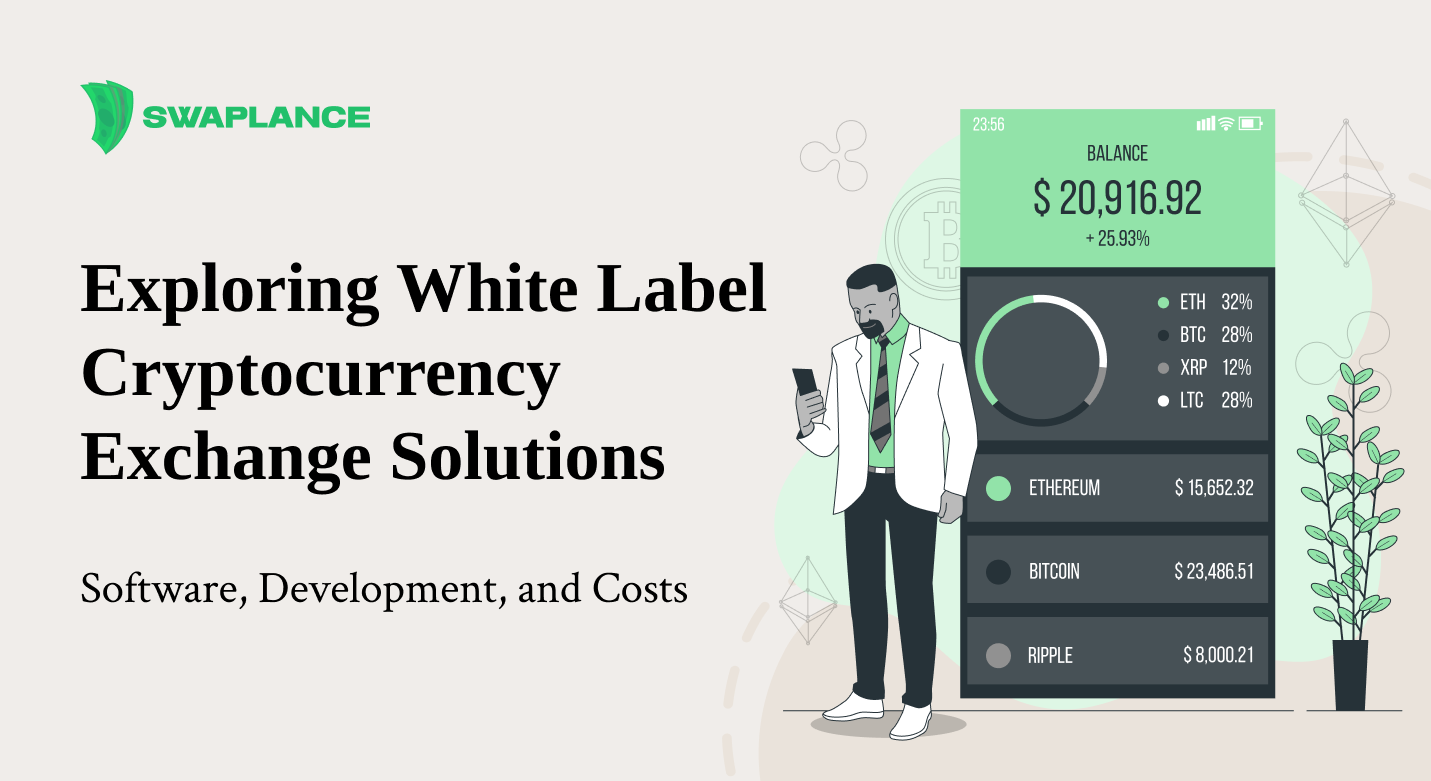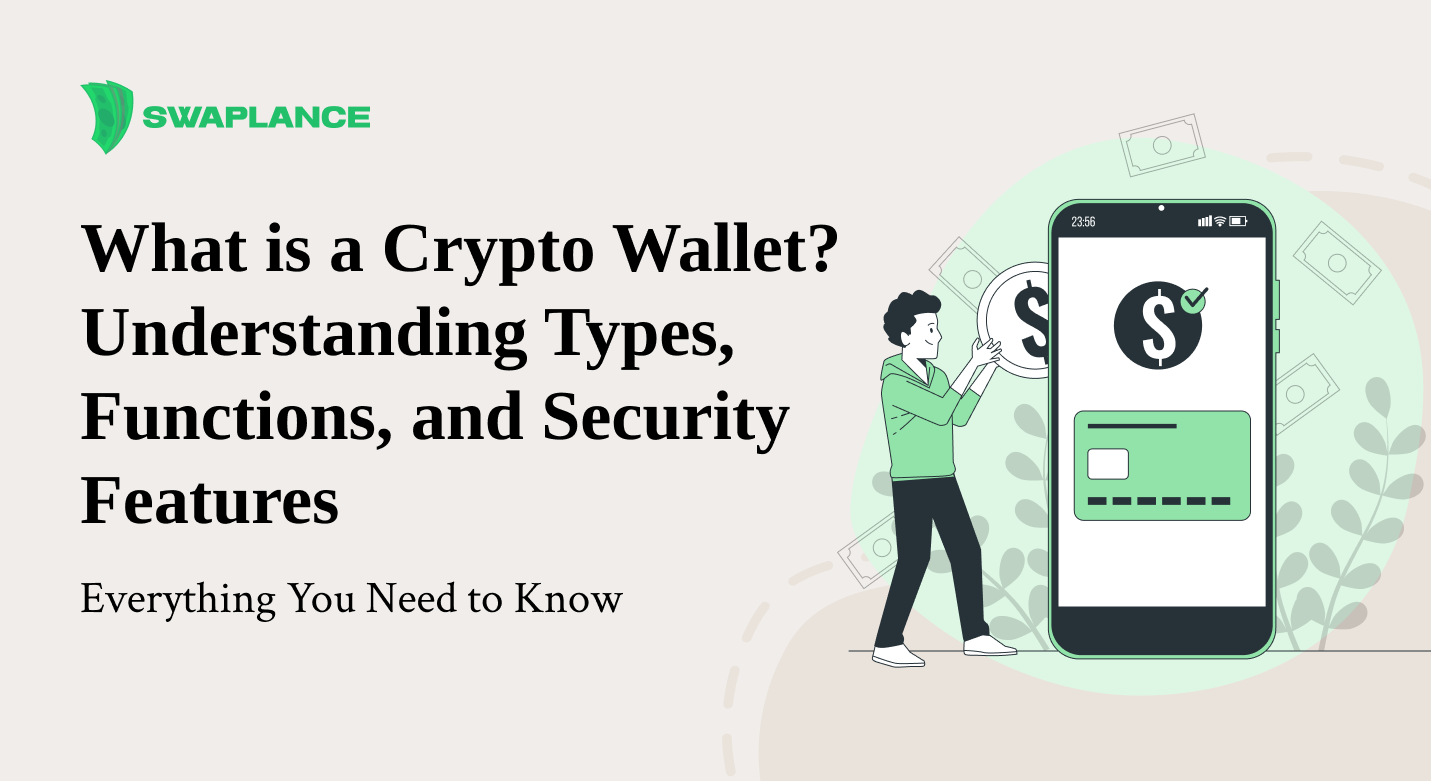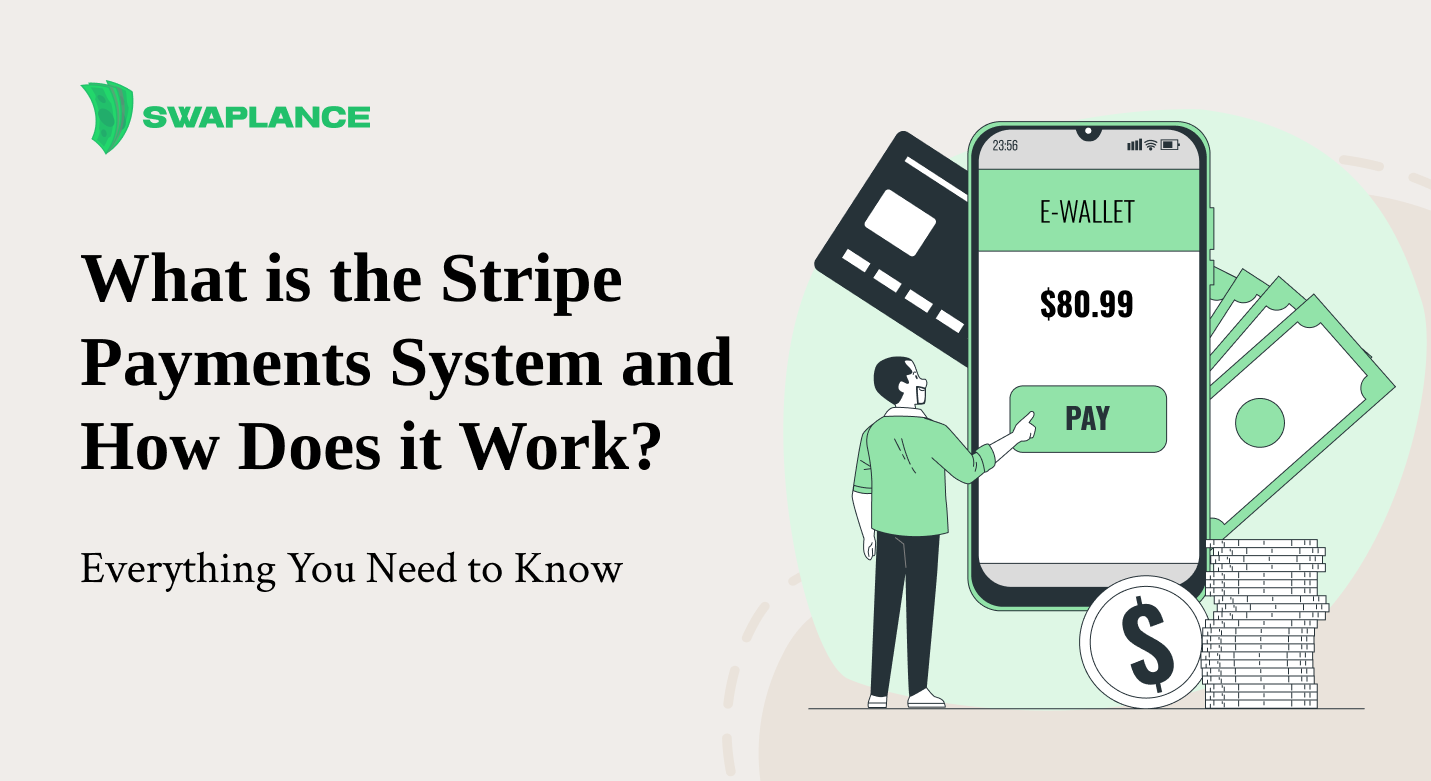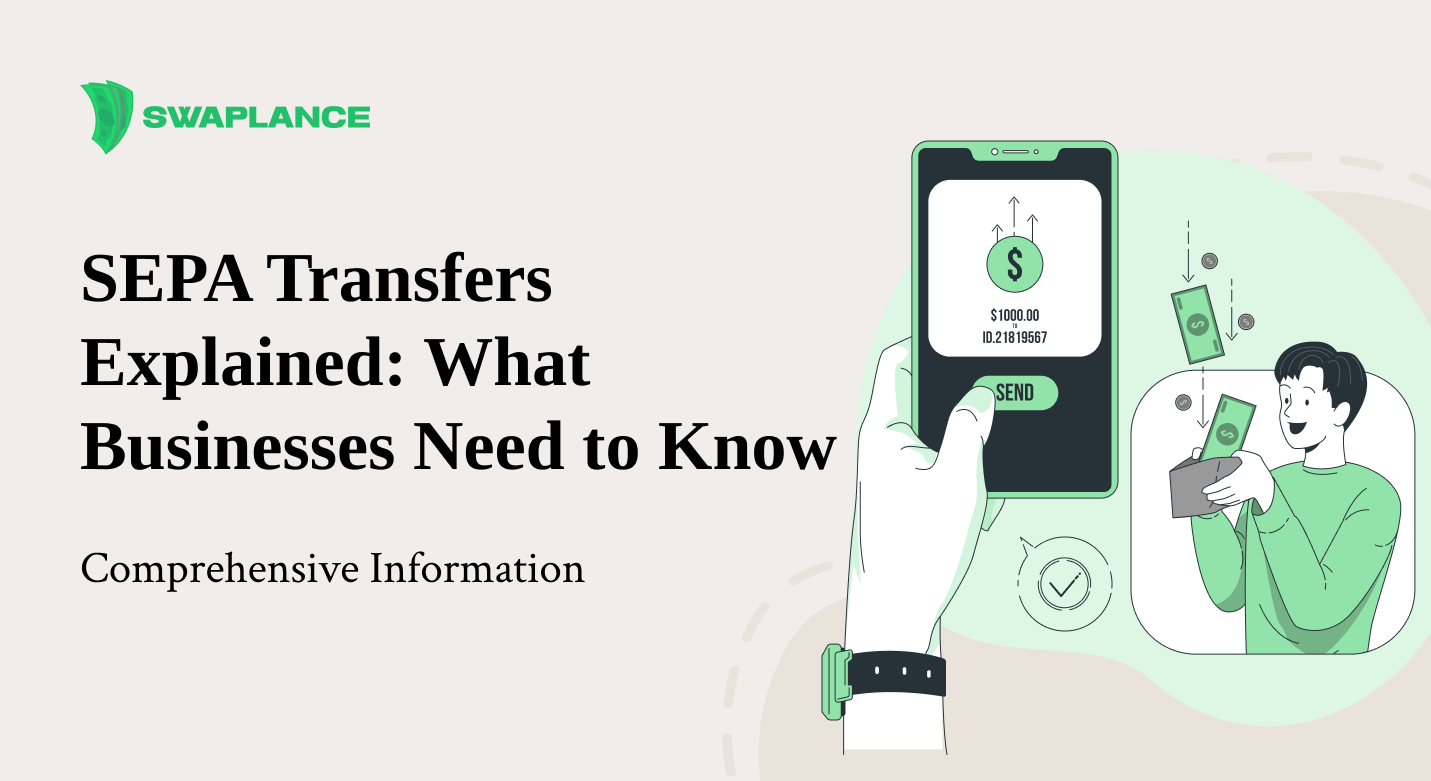Blog

Fintech (financial technology) is transforming how we interact with financial services, from banking to investments and insurance. With their innovative approaches, these companies are making financial transactions more accessible, efficient, and secure. In this article, we will explore the top fintech companies and platforms that are making significant strides in this sector.

The financial services industry refers to a sector of the economy made up of firms and institutions that provide financial services to both individuals and businesses. This broad industry includes banking, investment services, insurance, real estate, wealth management, and fintech companies. Key functions of this industry involve managing assets, facilitating transactions, and offering financial advice to help people and businesses achieve their financial goals.

The cryptocurrency industry thrives, with businesses looking to capitalize on the growing interest in digital assets. Starting a cryptocurrency business, whether by creating a new cryptocurrency, launching a trading platform, or developing an exchange, can be complex but highly rewarding. This guide will walk you through essential steps to help you understand how to enter this emerging market and establish a successful cryptocurrency business.

The growth of the cryptocurrency market has led to increased demand for platforms that facilitate buying, selling, and trading digital assets. One solution gaining popularity among entrepreneurs and businesses is the white label cryptocurrency exchange. This approach offers a fast, customizable, and cost-effective way to launch a crypto exchange without building everything from scratch. This article delves into what a white label cryptocurrency exchange is, why you might choose one, and the associated software, development, and costs.

Blockchain technology has revolutionized how we think about digital transactions, data security, and decentralized networks. Originally developed as the underlying technology for Bitcoin, blockchain has since expanded its applications across various industries, reshaping how data and value are transferred and stored. This guide will help you understand what blockchain is, how it works, its purpose, and its critical role in cryptocurrencies.

Cryptocurrencies have transformed the way we think about money, but to safely manage these digital assets, one crucial tool is needed: the crypto wallet. A crypto wallet allows users to store, send, and receive digital currencies like Bitcoin, Ethereum, etc. But with the plethora of wallet types and features available, understanding how they work and which is best suited for your needs is essential.

The world of digital payments has evolved rapidly, and one of the most prominent players in this space is Stripe. Businesses of all sizes, from startups to large enterprises, rely on Stripe's robust infrastructure for processing payments, managing subscriptions, and even banking services.

Sending money through wire transfers is a common and secure method for transferring funds either domestically or internationally. Bank of America provides a reliable and relatively straightforward process for wiring money, including domestic and international transfers. Here is a comprehensive guide covering all aspects of wire transfers with Bank of America, including the steps involved, fees, and tips for ensuring smooth transactions.

In an increasingly globalized world, businesses rely heavily on fast, secure, and affordable payment systems to facilitate international trade and commerce. One such system that has transformed the European payment landscape is SEPA (Single Euro Payments Area). This article provides an in-depth guide to SEPA transfers, detailing how they work, their benefits, fees, and how businesses can take full advantage of them.